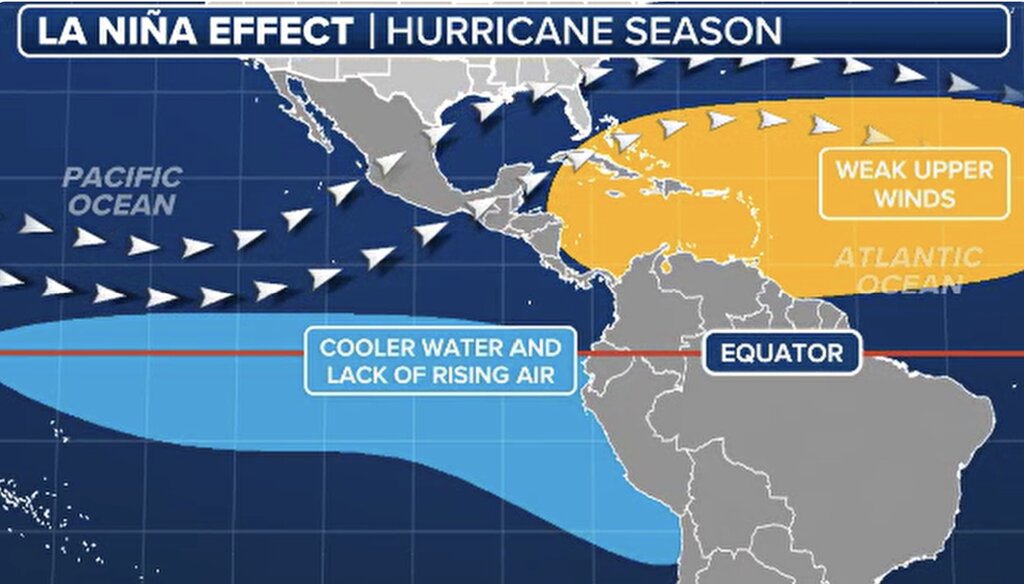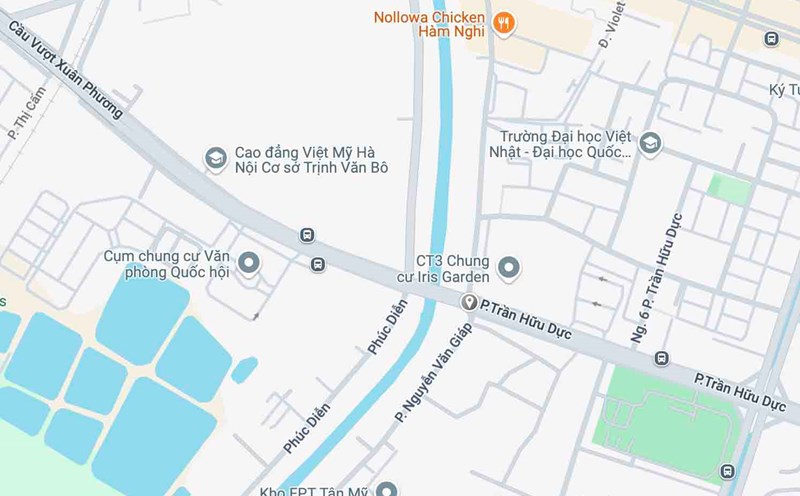The 2025 Atlantic hurricane season officially began on June 1 and will last for 183 days through November 30. However, storms and tropical depressions may form before and after the above time points because of warm ocean waters, favorable atmospheric factors allowing these systems to develop almost all year round. Less than 3% of storms and tropical depressions form before or after the official hurricane season.
Agencies and organizations such as the National Oceanic and Atmospheric Administration (NOAA), Colorado State University, North Carolina State University and dozens of other organizations are closely monitoring these conditions to predict the intensity of the storm.
Most hurricane forecasters predict the 2024 Atlantic hurricane season will be extremely intense, but the final figures for actual storms are much lower than expected. There are 18 named storms that have formed, including 11 hurricanes and 5 major storms, meeting the standards for a major hurricane season but much lower than expected.
An average hurricane season has 14 named storms, 7 hurricanes, and 3 major hurricanes, with the accumulated accumulated energy (ACE) value of about 122. ACE is calculated using a complex formula that takes into account the maximum sustained wind speed and duration of each storm. The most recent season with a strong ACE was 2022 - the year of strong storms like Fiona and Lan. The World Meteorological Organization has removed the names of these storms due to the number of deaths and the devastation caused by the storm.
Forecasts for the 2025 typhoon season from many weather organizations show that the typhoon is at a moderate to high level. However, experts warn that initial predictions are prone to errors.

The El Nino phenomenon - Southern fluctuations, commonly known as ENSO, is changing. This plays an important role in shaping the Atlantic basin hurricane season.
From the end of 2024, the world will enter a La Nina phase, a phenomenon often associated with stronger storms in the Atlantic basin. However, La Nina is expected to weaken in 2025, returning the world to ENSO's neutral state.
Traditionally, neutral ENSO years also lead to storms at different levels, from below-average storms to above-average storms, depending on variables such as sea surface temperatures, wind influences and other atmospheric factors.
The impact of storms in neutral years will increase in the Florida peninsula and coast, similar to the impact caused by La Nina, according to research conducted by experts at Florida State University.
The first named storm of the 2025 Atlantic hurricane season will be Andrea, followed by Barry, Chantal and new storm Dexter. Decemberter, which replaces Dorian, has been removed from the list of named storms following the 2019 season.
The list of typhoon names in 2025 is: Andrea, Barry, Chantal, Dexter, Erin, Fernand, Gabrielle, Humberto, Imelda, Jerry, Karen, Lorenzo, Melissa, Nestor, Olga, Pablo, Rebekah, Sebastien, topic, Van, Wendy.











